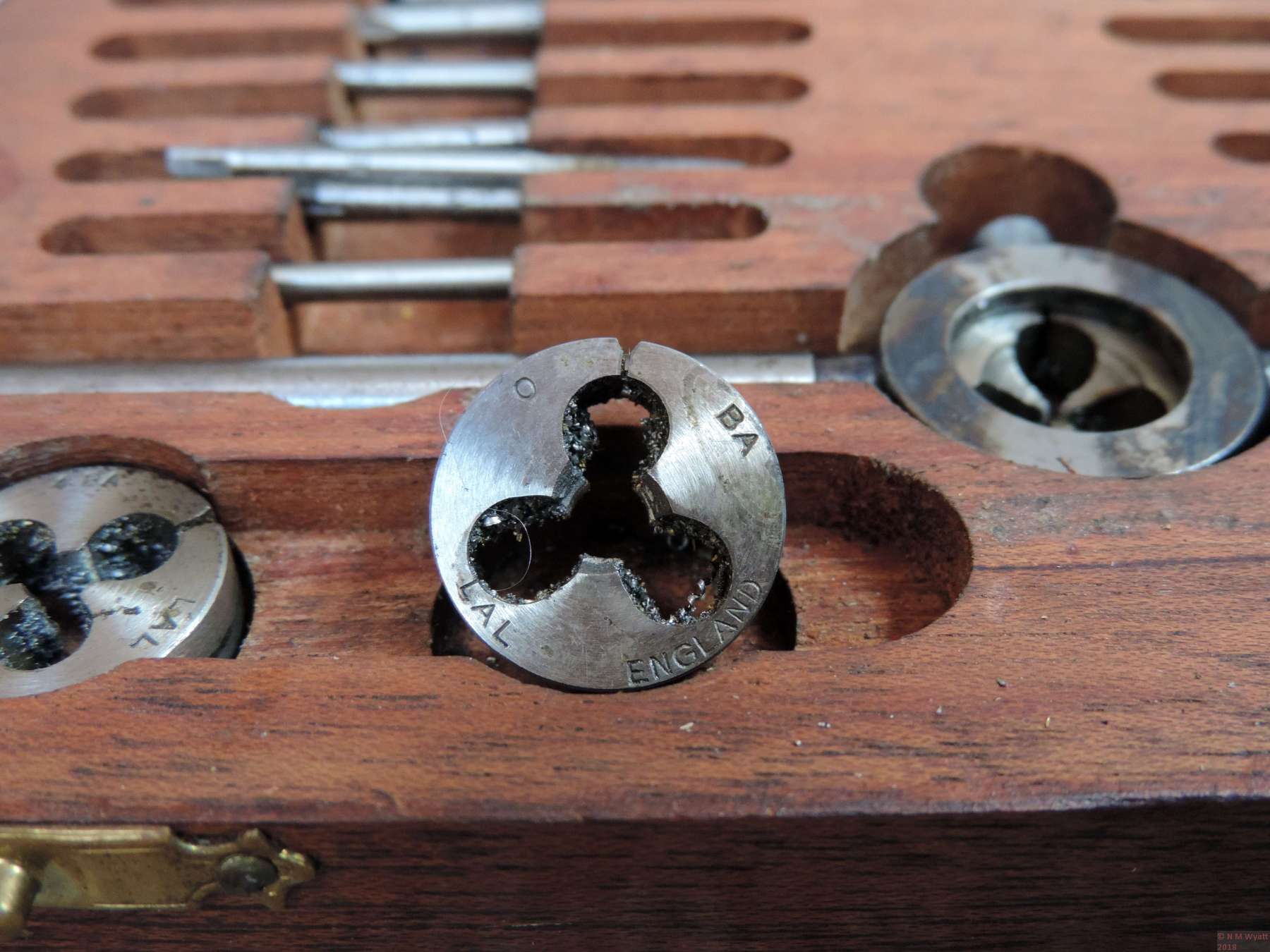If you look at the data on BA screws, you will see that the base size of 0BA is 6mm diameter and 1mm pitch, yet the sizes are usually quoted in thousandths of an inch. Why?
The answer is the good, honest pragmatism of the British Association for the Advancement of Science's BA Small Screws Committee, back in 1882. The committee included no less a person that Sir Joseph Whitworth (who was lavishly praised in their reports for his work on standardisation!) Bearing in mind that a 'mil' is a thousandth of an inch they reported:
The question of the introduction of the metrical system occupied the serious consideration of the committee, but, considering the fact that it is not generally adopted in engineering or manufacture in England, and that it is as yet little understood by our workmen, it was thought better to suggest no change in this direction. The committee is not insensible to the simplicity of the metrical system and to its possible universality, nor to the fact of its gradual introduction in scientific circles, but while the manufacturing interests are still wedded to the British inch, and its multiples and sub-multiples, and while the British legal standard of length is still the yard, the Committee has felt it impossible to suggest a change which has little chance of adoption, and which might jeopardise the introduction of that with which they are more concerned—viz., a uniform screw-thread.
Hence it was determined that the unit of length taken should be the ‘mil,’ and that the decimal system should be adopted for expressing dimensions.
In short, they knew that if they used a metric standard it would just confuse British manufacturers used to working in inches, and they would be ignored!
The Committee continued to sit (although an administrative hiccough meant they hadn't been sanctioned to do so!) and gave considerable thought to further issues for their second report. They made one change to the continental standards, making the rounding of root and crest of the thread the same. Their other change was to specify all the threads in millimetres to two significant places! They did, however, offer conversions to inches for convenience:
That in view of the desirability of securing a system of small screws—international in its character—English manufacturers of screws, screw-plates, &c., adopt the exact pitches given in millimetres in [the table], which, as we explained [earlier], can, if required, be originated on an English lathe.
So, the list of BA thread sizes is reached on the basis of a list of sizes, each 0.9 times the size of the previous, starting at 6.00 millimetres. This list is then rounded to the nearest hundredth of a millimetre, equivalents in 'mils' or thousandths of an inch are approximate. We have to face the truth, British Association threads are well and truly metric.
Vive la Difference!

 A rather wonderful, if swarfy, BA die of good vintage
A rather wonderful, if swarfy, BA die of good vintage
